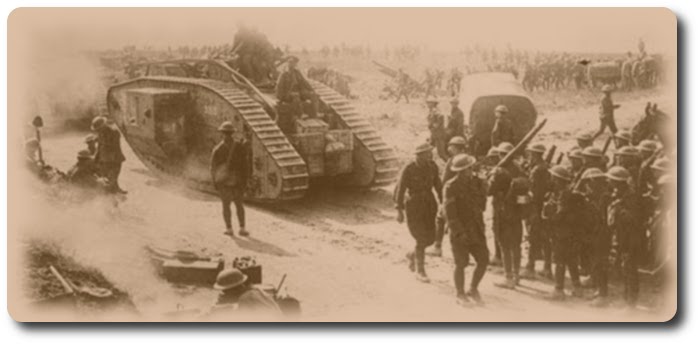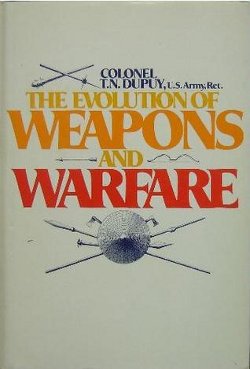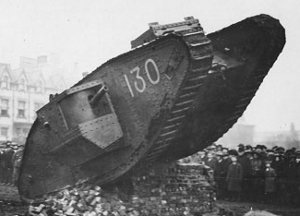Topic: Military Theory

Armour Doctrine, 1916
 Colonel Ernest Swinton, as presented in The Evolution of Weapons and Warfare, Colonel T.N. Dupuy, 1980
Colonel Ernest Swinton, as presented in The Evolution of Weapons and Warfare, Colonel T.N. Dupuy, 1980
Seven months before the commitment of British tanks, Colonel Ernest Swinton, one of the early protagonists of the tank, had proposed a doctrine for the employment of armor. In it he made these points.
1. Some means of communication from commanders to tanks — other than through the telephone lines of accompanying infantry — should be worked out. (Swinton clearly envisaged radio. which was not yet sufficiently sophisticated to be installed in tanks.)
2. Artillery and mines were most to be reared. The former should be attacked by support1ng aircraft and also taken under counter-battery fire.
3. These machines "should not be used in driblets" (emphasis Swinton's). in order to keep their existence secret until sufficient were ready and their crews trained for "one great combined operation" (He vigorously protested the September 15 attack as premature. but was over-ruled. )
4. The sector of attack should be carefully chosen to minimize the tank's limitations and enhance its capabilities.
5. Approach to the line of departure should be at night from assembly areas not more than two miles back. The attack should start just before dawn.
6. The tanks should precede the infantry by a distance sufficient to allow the enemy's rifle and machine-gun fire to be concentrated on the tanks when the infantry reached its attack objectives.
 7. Once the infantry arrived. the tanks should move onto the next trench line, bringing it under enfilade fire and attacking enemy reserves and bombing parties moving up.
7. Once the infantry arrived. the tanks should move onto the next trench line, bringing it under enfilade fire and attacking enemy reserves and bombing parties moving up.
8. The tank attack should be in such Force that it could continue. without halting, through the enemy's arti1Iery positions (about l2 kilometers).
9. The momentum necessary to achieve deep penetration in a single attack would require carefully planned logistical support to assure a continuing. adequate supply of fuel, ammunition, and other necessities.
10. Smoke should be used to conceal the tank attack to the maximum extent possible.
To an armor officer today these concepts would seem elemental. But in l9l6, and for a long time thereafter. they seemed radical, based on undemonstrated theory, and inconsistent with the realities of contemporary warfare. As a matter of fact, Swinton somewhat overestimated the capabilities of the contemporary tank.

